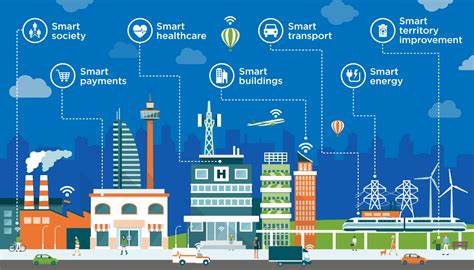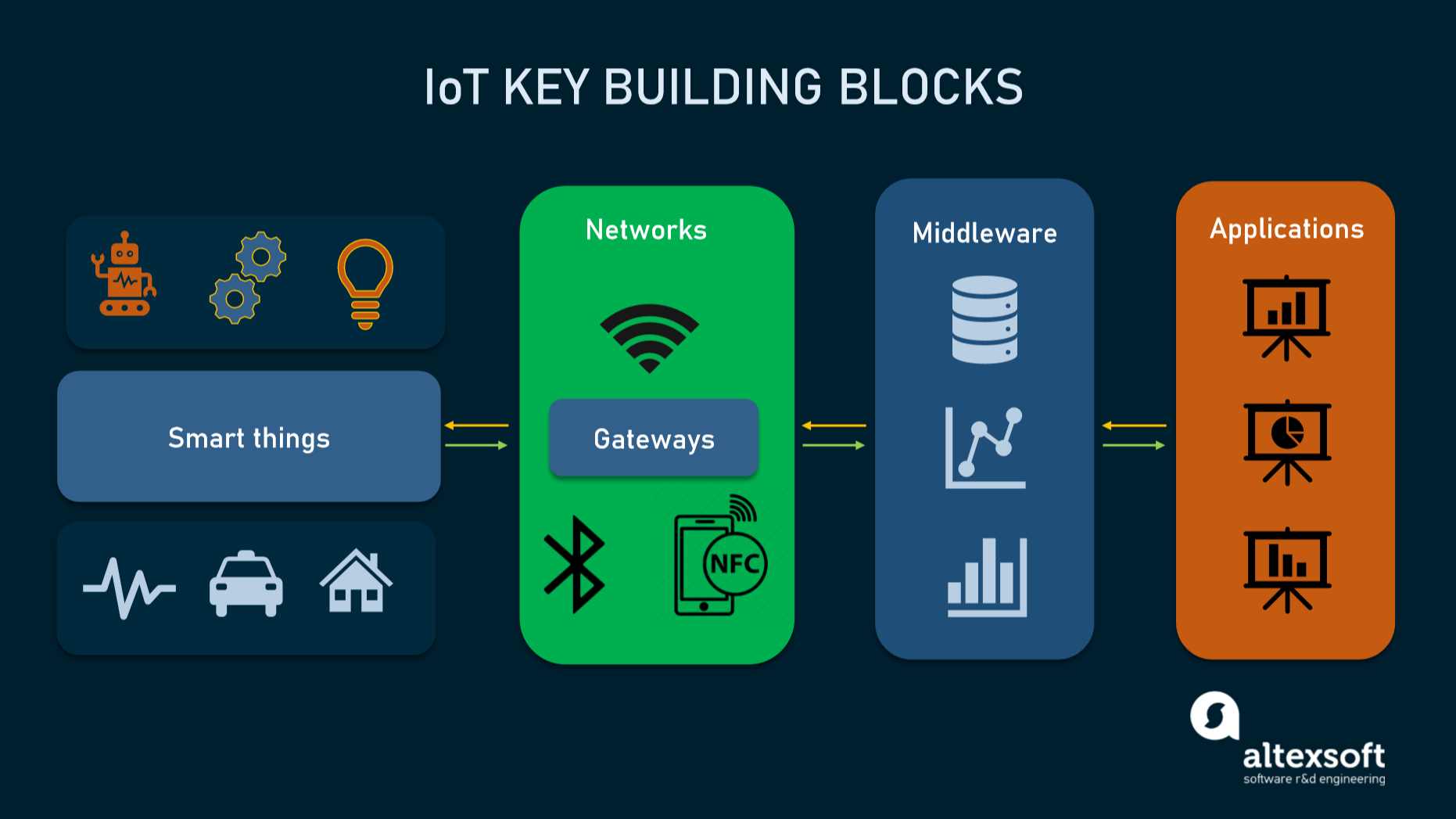
Navigating IoT Ecosystems in Smart Buildings: Understanding the Complexity and Challenges
Introduction
The rapid advancement of technology has brought about the emergence of IoT ecosystems in smart buildings. These ecosystems consist of interconnected devices and components that collect and analyze data to automate various building processes. Navigating these ecosystems can be complex, requiring a deep understanding of the intricacies involved. In this article, we will explore the historical background, key concepts, challenges, and future outlook of IoT ecosystems in smart buildings.
Historical Background
The evolution of IoT in smart buildings can be traced back to early examples of applications in this field. From automated lighting systems to early versions of building management systems, the concept of interconnected devices has been prevalent. Over the years, technological advancements have paved the way for more sophisticated IoT ecosystems in smart buildings. Milestones such as the development of wireless communication protocols and the rise of cloud computing have further accelerated the growth of these ecosystems.
Key Concepts and Definitions
To understand IoT ecosystems in smart buildings, it is crucial to grasp key concepts and definitions. IoT, or the Internet of Things, refers to the network of physical devices embedded with sensors, software, and other technologies that enable them to collect and exchange data. In the context of smart buildings, IoT plays a pivotal role in automating processes and improving efficiency. Ecosystems encompass the interconnected components and devices within smart buildings, including sensors, devices, connectivity, and data management systems. The complexity lies in effectively managing and integrating these components.

Main Discussion Points
Components of IoT ecosystems in smart buildings
Sensors and devices are the backbone of IoT ecosystems in smart buildings. They collect data on various parameters such as temperature, occupancy, and energy consumption. This data is then utilized for automation and optimization of building operations. Connectivity is another important aspect, with different protocols and networks being utilized to enable seamless communication between devices. Lastly, data management involves storage, analysis, and security of the vast amounts of data generated within these ecosystems.
Integration and interoperability challenges
One of the major challenges in navigating IoT ecosystems in smart buildings is achieving integration and interoperability. Incompatibility between devices and systems often leads to silos, hindering the smooth operation of the entire ecosystem. Overcoming these challenges requires the establishment of standards and protocols that ensure successful integration. By creating a common language for devices and systems, interoperability can be achieved, enabling seamless communication and collaboration.
Security and privacy considerations
With the proliferation of IoT devices in smart buildings, security and privacy concerns are paramount. Vulnerabilities and risks associated with IoT devices and networks can potentially compromise the safety and privacy of occupants. Implementing robust security measures and strategies, such as encryption and authentication protocols, is crucial for safeguarding against cyber threats. Balancing the benefits of data collection with privacy concerns is also a crucial aspect that needs to be addressed.

Case Studies or Examples
Examining real-world examples can provide valuable insights into successfully navigating IoT ecosystems in smart buildings. Example 1 showcases a smart building project that effectively managed complex IoT ecosystems, resulting in improved efficiency and occupant comfort. Example 2 presents a case study of a smart building implementation that faced challenges in integrating IoT devices and systems. Lastly, example 3 demonstrates how privacy concerns were effectively addressed in a real-world smart building scenario.
Current Trends or Developments
The field of IoT in smart buildings is constantly evolving, with new advancements and trends shaping the industry. The latest developments include advancements in IoT technology, such as edge computing and 5G connectivity, which enable faster and more efficient data processing. Research findings focus on improving integration and interoperability, exploring innovative solutions to overcome existing challenges. Additionally, emerging trends in data analytics and automation play a significant role in enhancing the functionality of smart buildings.
Challenges or Controversies
Navigating IoT ecosystems in smart buildings is not without its challenges and controversies. Controversies surrounding data privacy and ownership raise important ethical questions. Additionally, the debate over standardization of IoT protocols and interconnectivity poses challenges for seamless integration. Retrofitting existing buildings with IoT technology also presents unique challenges due to limitations and compatibility issues.

Future Outlook
The future of IoT ecosystems in smart buildings holds immense potential for advancements and innovations. Predictions include the integration of AI and machine learning, which will revolutionize smart building management. These technologies will enable predictive analytics, personalized experiences, and improved energy efficiency. The implications of IoT in smart buildings for sustainability and energy efficiency are significant, offering opportunities to reduce carbon footprint and optimize resource consumption.
Conclusion
In conclusion, understanding and navigating the complexity of IoT ecosystems in smart buildings is of utmost importance in today’s technology-driven world. With a historical background, key concepts, and an exploration of challenges and controversies, this article has shed light on the intricacies involved. By emphasizing the importance of further research and exploration, we encourage readers to delve deeper into the field of IoT ecosystems in smart buildings.




